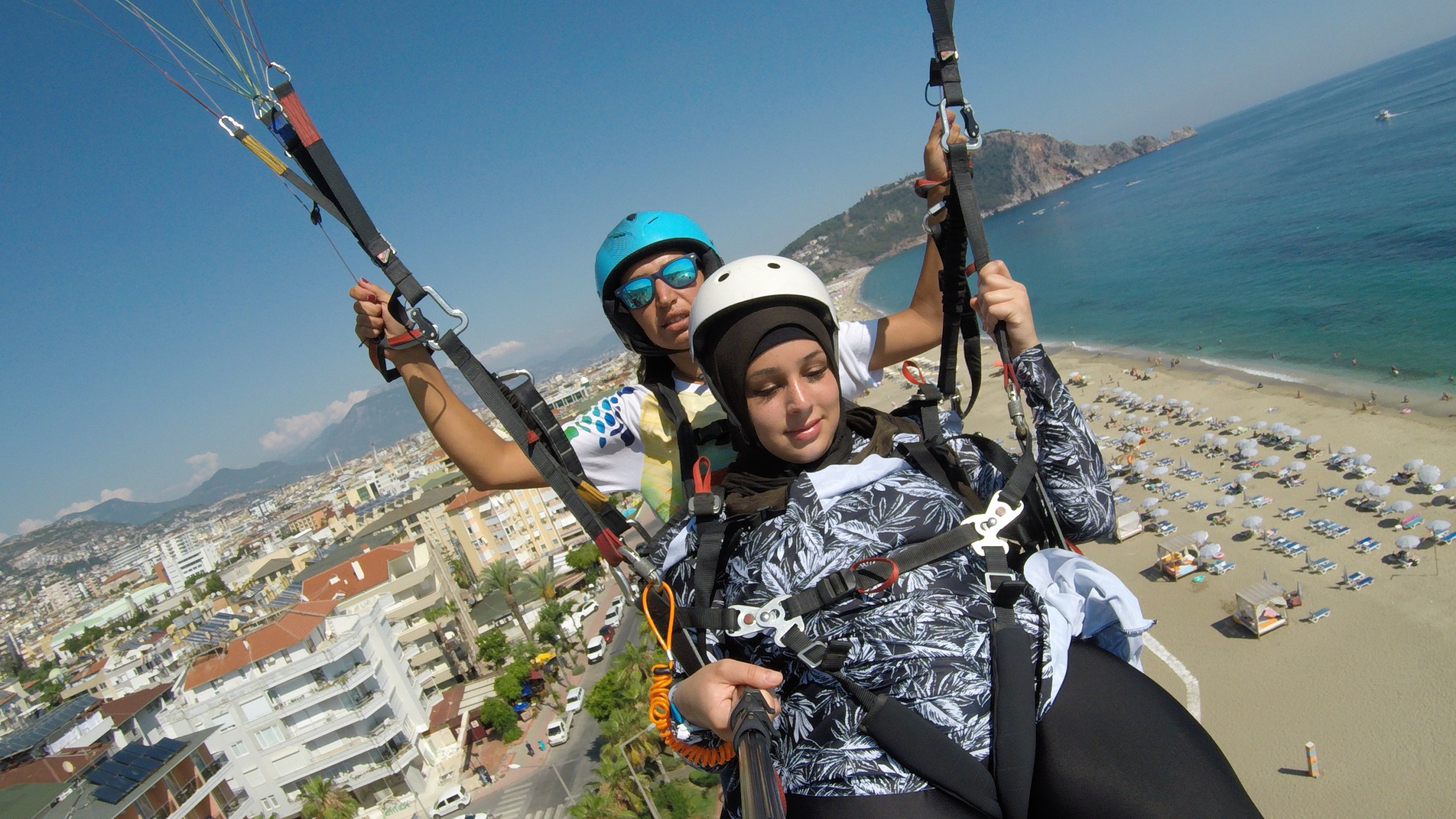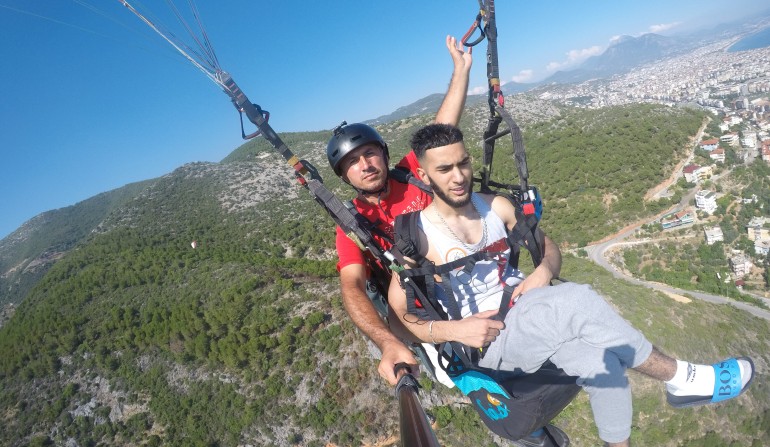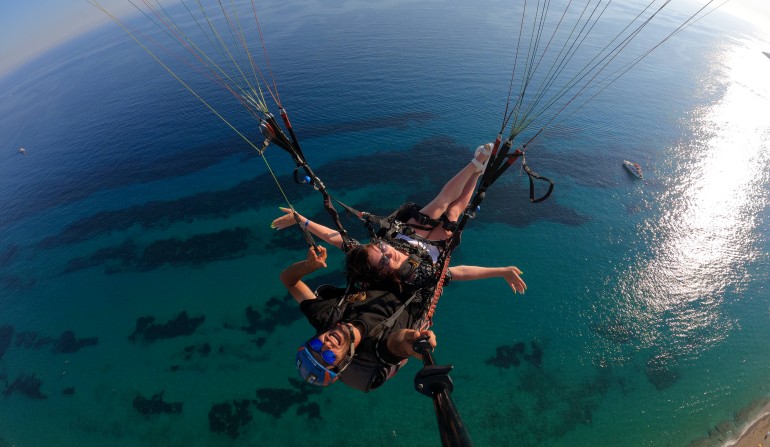What is parachuting?
In the action sport of parachuting, a participant typically departs an airplane and gently falls to the earth after deploying a parachute at a predetermined height. Free fall is the period of time between leaving the plane and deploying the parachute. It can be essential to open the parachute without experiencing free fall, depending on the height jumped.
Surprising facts about parachuting
The length of the free fall depends on the height of the aircraft and the body movements of the parachutist during the free fall. In tandem jumps from 10,000 feet (3,048 m), the free fall time is 30 seconds, and from 12,000 feet (3,658 m) it is approximately 40-45 seconds.
Parachutists reach speeds of up to 200 kilometers per hour during free diving.
Free parachuting is an extreme sport that requires attention and training. Although it may seem very dangerous at first glance, statistics show that it is safe. According to the statistics of the US Parachute Association (USPA), in 2013 there were 0.0075 deaths per 1000 skydiving jumps. In tandem jumps, this rate is much lower (0.003 per 1000 jumps). In other words, a person is more likely to be struck by lightning and die than free parachuting.
Various Types of Jumps
FS (Formation Skydiving): Team competition; teamwork in the air in pairs, foursomes or multiple holding hands jumps.
Target Jumping: Team competition; It is a team jump to touch the heel to a point with a diameter of 3 cm.
Style: Individual competition; a series of aesthetic movements in the air while falling at high speed.
CF (Canopy Formation): Team competition; open parachute exercises performed as a group
Free Style Individual competition; aesthetic movements during the fall.
Tandem: A type of jumping performed by two people connected to each other front to back.





